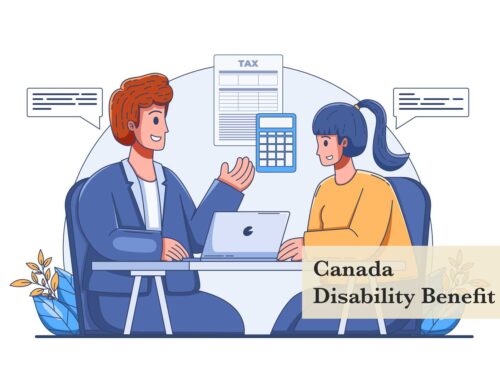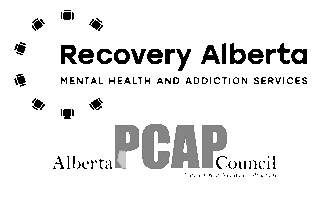
Abstract
The negative effects of alcohol use can transmit intergenerational harm if alcohol use disorder (AUD) occurs during pregnancy and/or while parenting a child. Prenatal alcohol exposure is the leading preventable cause of congenital anomalies in the USA, and heavy drinking in women has been on the rise, further accelerated by the COVID-19 pandemic. This study describes the most recent patterns in the past year AUD prevalence and treatment among reproductive-aged women, with a specific focus on pregnant and parenting women, and barriers to treatment among those affected.
We analyzed data on reproductive-age women from the National Survey on Drug Use and Health (2015–2021). We used generalized linear models to estimate prevalence ratios (PR) for past 12-month AUD and its treatment based on DSM-V criteria. We considered sociodemographic characteristics, including age, race/ethnicity, income, health insurance type, and arrest history.
Pregnant and parenting women displayed lower risk for AUD (PR = 0.48, 95% CI:0.41–0.57; PR = 0.5 95% CI:0.48–0.54, respectively) relative to non-pregnant/non-parenting women. Excess risk for AUD was associated with education (some college vs. college graduates, PR = 1.07, 95% CI:1.01–1.13) and history of arrests (PR = 2.93, 95% CI:2.67–3.21). There were no clear differences in AUD treatment use based on parenting or pregnancy status. Among those with AUD, the prevalence of treatment was higher among individuals aged 35–49 years compared to those 18–25 years (PR = 1.6, 95% CI: 1.19–2.14) and in those enrolled in Medicaid vs. private insurance (PR = 2.62, 95%CI:1.97–3.47). Financial barriers and treatment not being a priority were the most frequently reported barriers to treatment.
To promote well-being among parents and their children, healthcare providers should prioritize reproductive-age women at higher AUD risk. Decreasing the stigma attached to AUD and intensifying efforts to educate women about the dangers of AUD may improve treatment use among pregnant and parenting women.
Article from: https://preventionconversation.org.
Research by: Anna ShchetininaID*, Natalie Slopen
Department of Social and Behavioral Sciences, Harvard T.H. Chan School of Public Health, Boston, Massachusetts, United States of America











